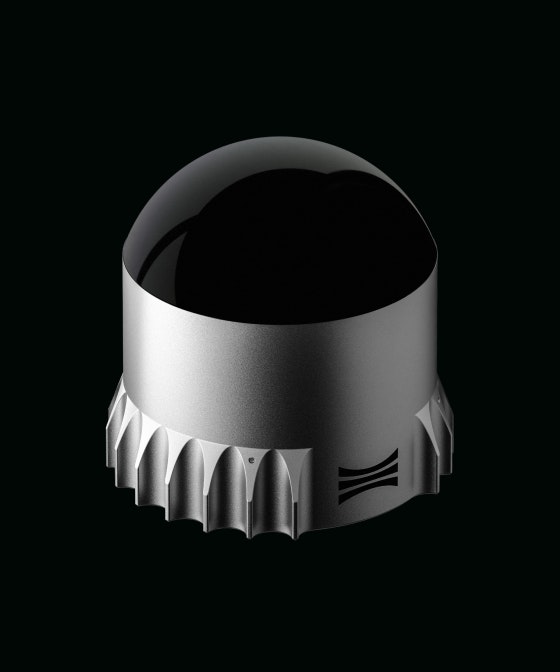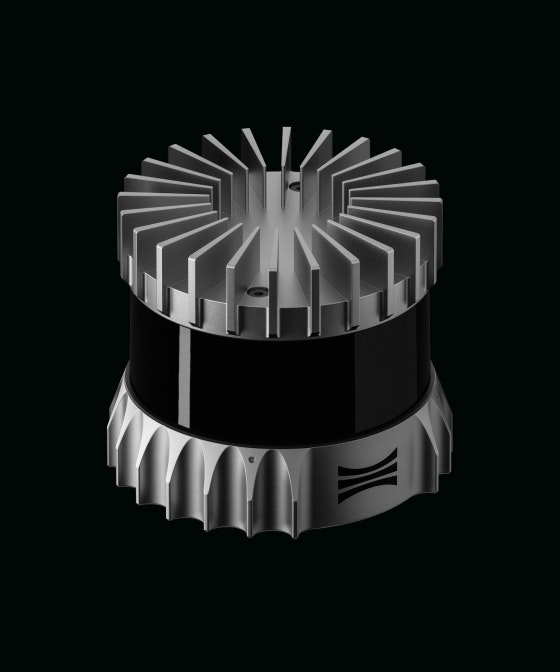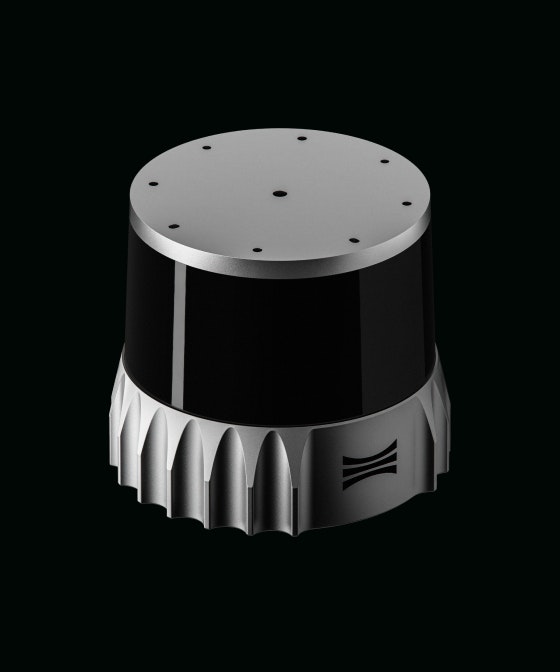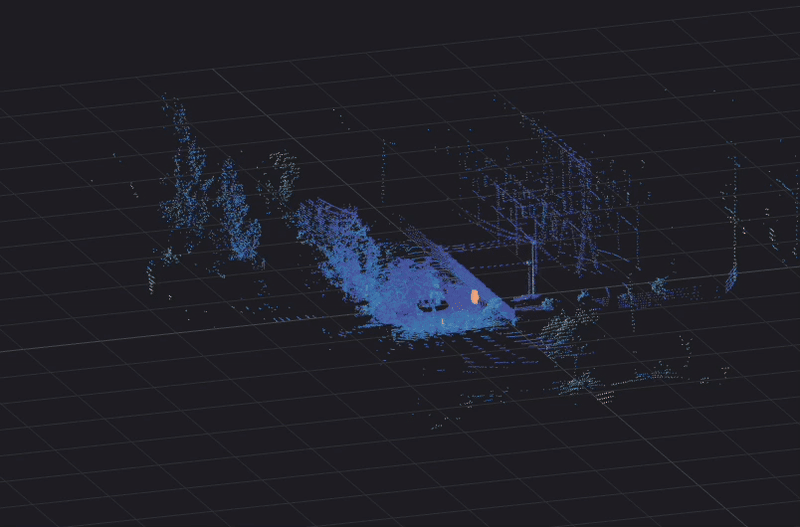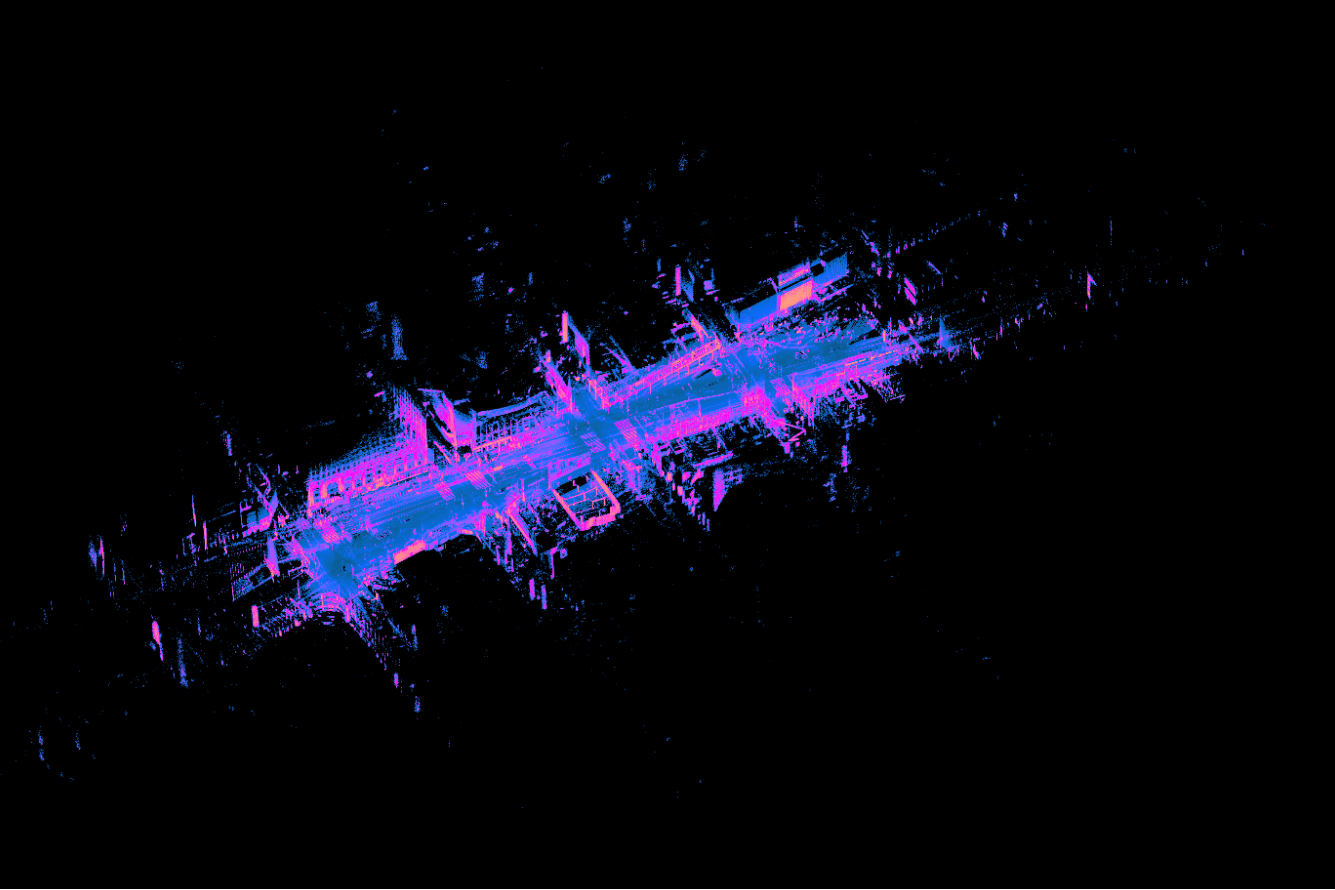Over the past five years, 60% of companies have experienced breaches in their physical security measures costing approximately $100k per breach. For businesses ensuring the safety of highly critical infrastructure, such as data centers, the cost and risks associated with a physical security breach can be catastrophic.
Unauthorized physical access to a data center can lead to data breaches, theft, hardware tampering or a data center outage. In an industry where data center operators survive on their ability to maintain uptime, accurately detecting and preventing an intrusion around their perimeter is an essential first step.
In a bid to combat these growing threats, data center operators have adopted a multi-layered physical security approach that includes biometric scanners, video surveillance and on-site security. But at what cost to the business and staff?
The True Cost of Inaccurate Intrusion Detection
Ouster works with leading global data center operators and system integrators and have seen firsthand the effects that inaccurate intrusion detection has on them every day: high false alarm rates (FAR), intruder tracking challenges and limited automation. All of this is placing a huge burden on data center operations, security and costs.
High false alarms rates: Cameras and sensors frequently trigger nuisance or false alarms in and around data centers due to weather, lighting changes, and small animals, making it difficult to distinguish between false alarms and intrusions.
False alarm rates are as high as 98% and cost upwards of $150 per false alarm (Park Associates). The industry has had to accept this as the status quo. High false alarm rates are considered synonymous with intrusion detection video surveillance systems.
The knock-on-effects of high false alarm rates are clear: alarm fatigue, time wasting, increased response times and missed events. This fatigue perpetuates human error as it causes lapses in alertness and reactions. Data center operators have responded by increasing security staff, which has led to high operating costs. The National Institute of Justice estimated that false alarms cost $1.8B of wasted time in 2022 alone.
The operational cost of addressing false alarms rates as high as 98% is more than the cost of allowing 2% of real intrusion events
Intruder tracking challenges: Real-time monitoring is challenging for security staff, especially across large data centers. Cameras lack depth of perception and have difficulty continuously tracking a person(s) or object(s) in real-time as they move between cameras. In addition, cameras cannot accurately measure distance, trajectory or speed. Disjointed tracking of intruders is making it difficult to respond to threats quickly and efficiently.
Lack of automation: Our customers tell us that limited security system automation combined with high security staff turnover is placing a large burden on internal security measures and budgets. It’s often hard to find security staff for remote data center locations. In addition, a challenging working environment that’s fueled by monotonous surveillance and alarm fatigue is making turnover rates worse. The effectiveness of data center camera surveillance depends largely on the diligence of the monitoring team, so these issues are driving the need for more automation in the command center.
Now, data center operators are turning to lidar (Light Detection and Ranging) technology to reduce the nuisance of high false alarms and improve intrusion detection on their data center sites.

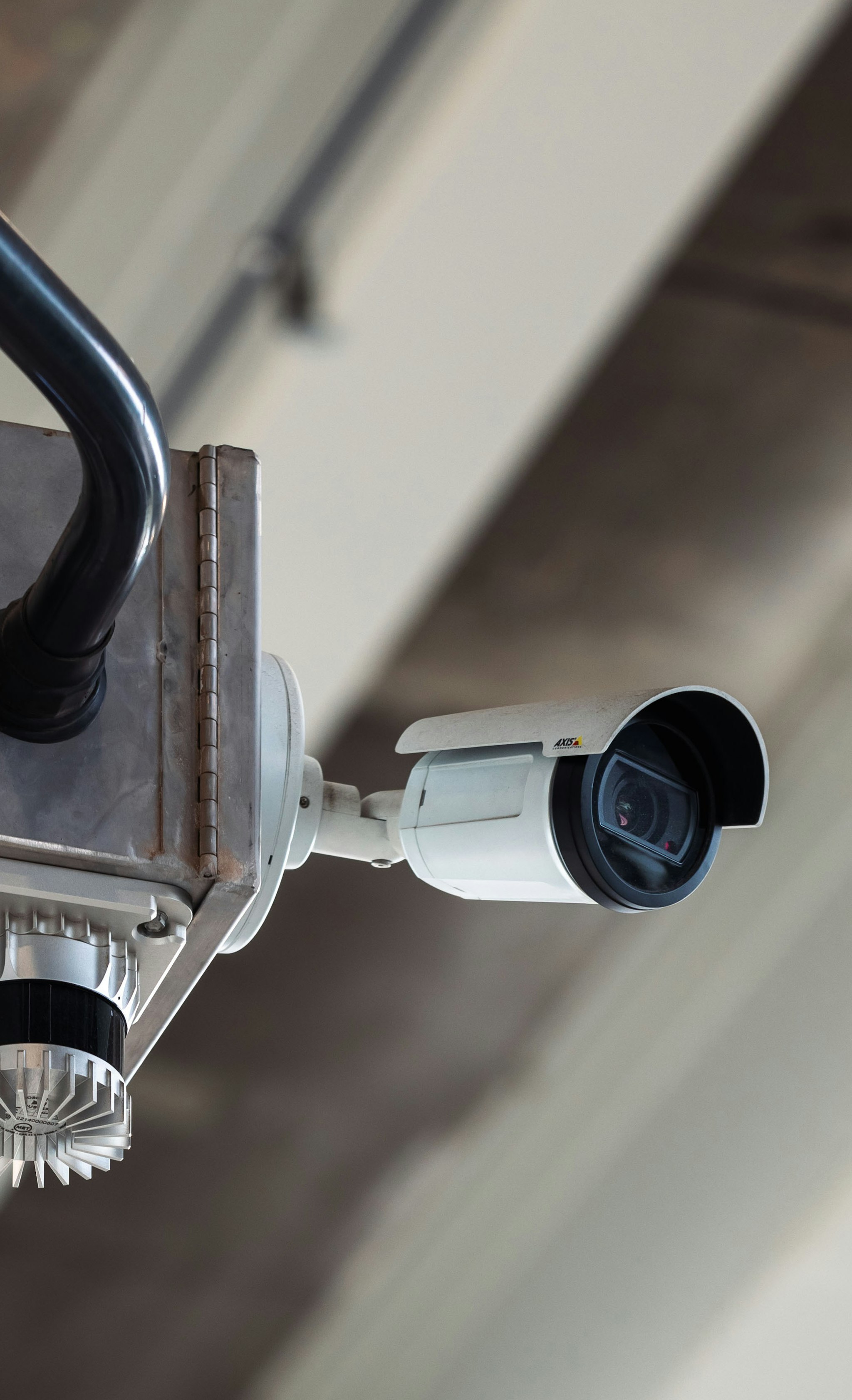
The Lidar Advantage
Lidar is a remote sensing technology that uses laser light to measure distances. Originally developed for mapping and geospatial applications, lidar has found a new and critical role in the field of intrusion detection. Lidar uses lasers to generate real-time, high-resolution 3D views of a surrounding environment.
Lidar provides key advantages over competing technologies, including:
Reduced false alarms: Unlike cameras and other sensors, lidar offers unparalleled accuracy in detecting and tracking objects in adverse environmental conditions. Sensors can distinguish between real threats versus false alarms such as rain, shadows or animals. This contributes to a significant reduction in false alarms, thus reducing human error or complacency in the control room.
High accuracy & real-time tracking: Lidar’s dense 3D data powers automated real-time tracking and monitoring capabilities to cover wide areas and ensure precise object location. Security personnel can quickly identify and respond to real threats with confidence. Lidar systems can detect the entry and exit of people from specific zones, such as intrusions over a fence, or even entry into restricted cages on a data center floor.
Casting Light on Ouster Gemini
At Ouster, we’ve taken things even further. We purpose built our Gemini lidar detection platform to meet the needs of specific applications and use cases, including data center security.
Gemini’s high-resolution digital lidar sensors and AI-enabled perception software provides you with advanced physical intrusion detection in real-time. Complex and rich lidar data is translated into actionable insights for you to act upon.
Gemini is able to detect, classify and track moving objects in real-time using 3D data from Ouster lidars under the most adverse lighting and weather conditions as far as 90 meters (~300 ft). Gemini’s perception software can distinguish between people and different types of vehicles such as two wheelers, cars and trucks, and can track the location, trajectory and speed of a moving object or person. This brings new levels of automation to the control room.


Gemini is able to deliver false alarm rates of 5% or less for our large data center customer as it can accurately distinguish true intrusions from shadows, foliage, animals or any other common source of false alarms.
Data from multiple Ouster lidar sensors can be fused together to form a single 3D view, enabling you to continuously track intrusions in real-time across an entire data center site.

Gemini enables you to easily configure inclusion and exclusion zones in 3D and output real-time or aggregate analytics associated with each zone. You’ll know when an intruder enters a keep out zone in real-time. Gemini’s high levels of accuracy is the difference between knowing if a person is walking on the outside of your fence line or, if they have successfully penetrated your perimeter. This ensures that alarms are only triggered when a real intrusion takes place.



Gemini has been designed to simultaneously complement and reduce the complexity and costs of existing camera systems with its ability to integrate into many of the leading video management systems (VMS). It delivers high levels of automation and surveillance accuracy that work in unison with technologies like PTZ (pan-tilt-zoom) cameras. What’s more, our lidars are installed just as a camera would be – with a mount and ethernet connection, making the installation fast and easy.
Our Gemini lidar detection platform is reinventing perimeter security standards with new levels of accuracy, intrusion detection, and tracking for high-performance physical data center security. For further insights into how we can help you solve the burden of high false alarms while seamlessly integrating with your current physical infrastructure, reach out to our team today.
